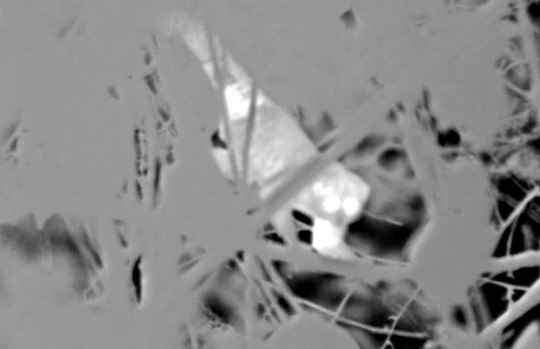.jpg)
Plant of the Month
Clerodendrum deflexum
Clerodendrum deflexum, also known as Nodding Witch's Tongue, is a shrub native to Singapore that grows up to about 3 m tall. It is easily recognised by its white, tubular flowers with striking crimson-red bases. Its branches often have hollow sections that may be home to ants, while its berry-like fruits are enjoyed by birds. With its attractive flowers and wildlife-friendly features, this plant adds both beauty and biodiversity to the landscape.
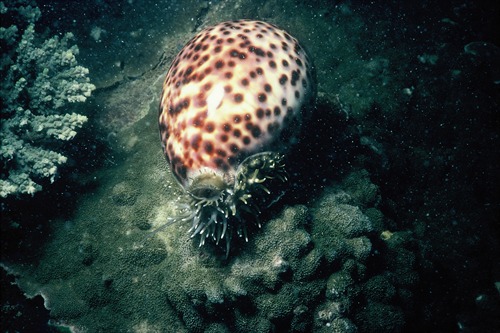
Animal of the Month
Cypraea tigris
Cypraea tigris, commonly known as the Tiger Cowrie, is a large sea snail found on the ocean floor in the Indo-Pacific region. Once common, it is now much less abundant due to shell collecting and habitat destruction. In Singapore, it is exceedingly rare.
Sunda Slow Loris
Video of wild Sunda Slow Loris in Singapore, captured on Night Vision Equipment.
Flora & Fauna News
View All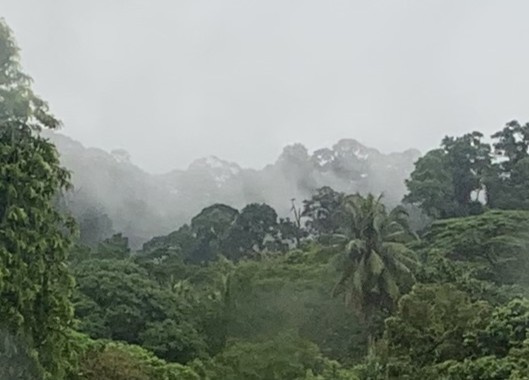
Dipterocarps: Pillars of the rainforest
21 November 2025
Dipterocarps: Pillars of the rainforest
21 November 2025
Dipterocarp trees are dominant in the rainforests across the Sunda region, including Singapore. These towering trees play a key role in shaping the forest environment. Researchers document the complex structure of these forests and the ways dipterocarp trees support plant regeneration and wildlife. This ecosystem faces ongoing pressures from logging, land conversion, and climate change, highlighting the need for active management and strong conservation efforts.
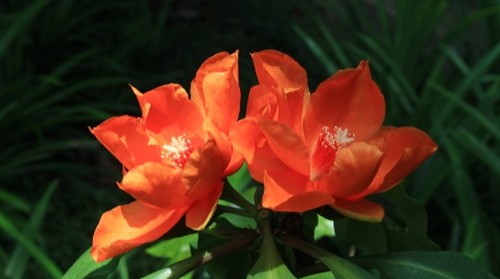
New Entries to the Flora of Singapore
10 October 2025
New Entries to the Flora of Singapore
10 October 2025
As part of ongoing efforts to document non-native plants that have become established in Singapore, researchers have recently added five new records of casually occurring or naturalised plants to the nation’s official plant list. The team also discusses how these plants may have arrived and provides descriptions based on plant samples collected locally and stored at the Singapore Botanic Gardens Herbarium.
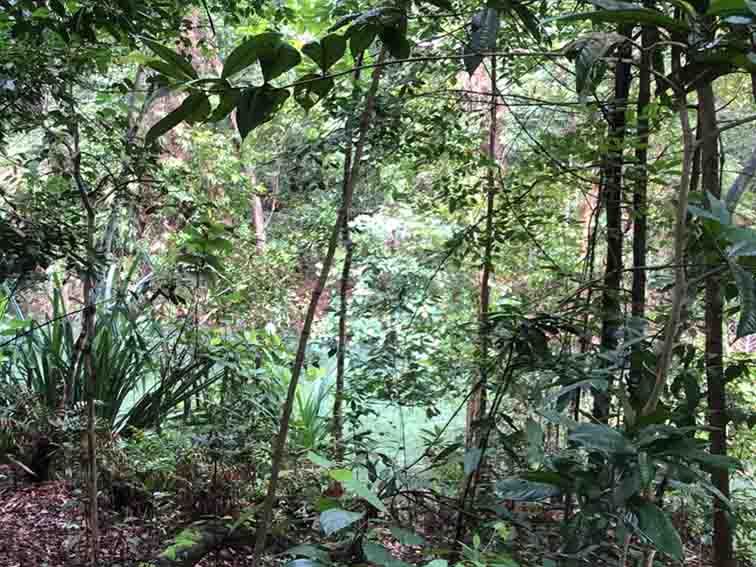
New Ginger Species from Central Vietnam
16 September 2025
New Ginger Species from Central Vietnam
16 September 2025
A new ginger species, Boesenbergia monophylla, has been discovered in Central Vietnam's Quang Ngai Province. It is distinctive for being the only single-leafed (monophyllous) species among its relatives in Cambodia, Laos and Vietnam. The species differs from another single-leafed ispecies, B.prainiana, by its dark green velvety leaves, long petioles, generally concealed inflorescence, and pale-yellow flowers with red-pink banding on the labellum. This discovery brings Vietnam's total Boesenbergia species count to seven.
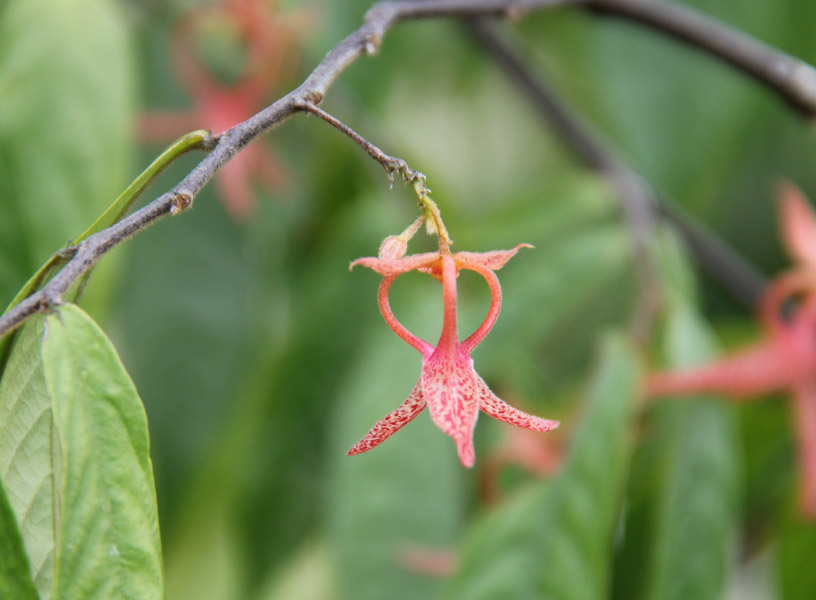
Rethinking Plant Genera - Lessons from Annonaceae and Rubiaceae
08 August 2025
Rethinking Plant Genera - Lessons from Annonaceae and Rubiaceae
08 August 2025
Large plant genera often conceal cryptic diversity and unresolved taxonomies. A recent study by the National Parks Board examines various approaches to tackling taxonomic challenges in large plant genera in Annonaceae and Rubiaceae families. The research recommends shifting away from the old-fashioned, individualistic style of plant taxonomic research and embracing global collaboration, supported by modern tools such as molecular data, morphological analysis, and updated genus concepts. Prioritising teamwork and global cooperation, especially with local botanists in biodiversity hotspots, offers greater potential for meaningful taxonomic revisions.

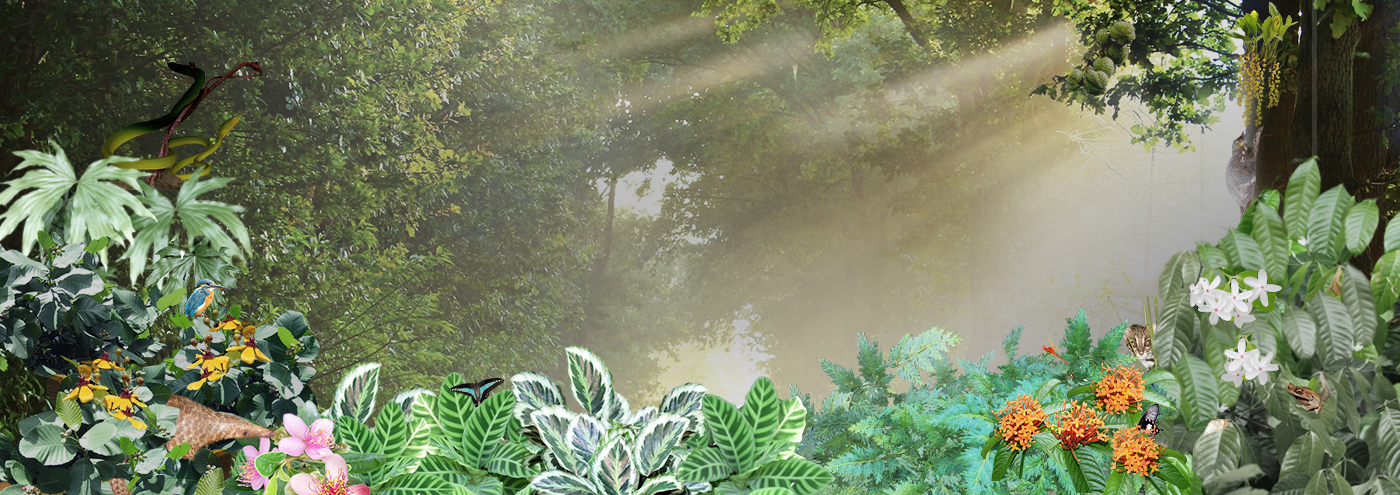
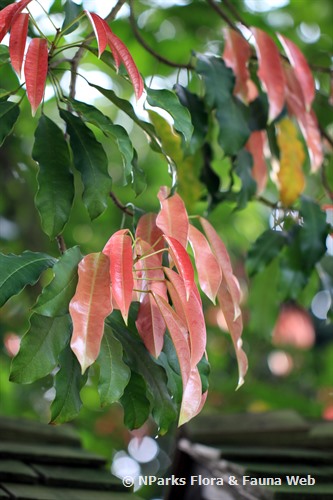
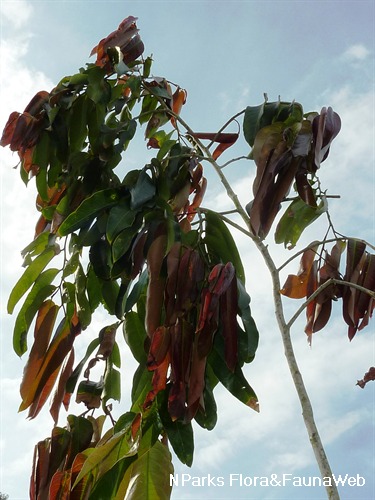
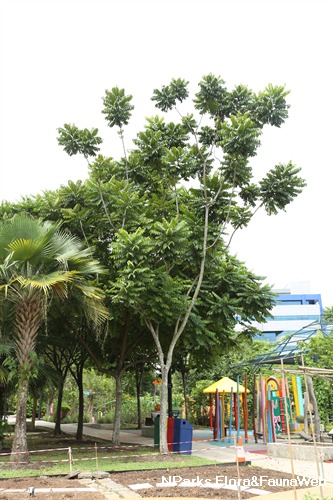
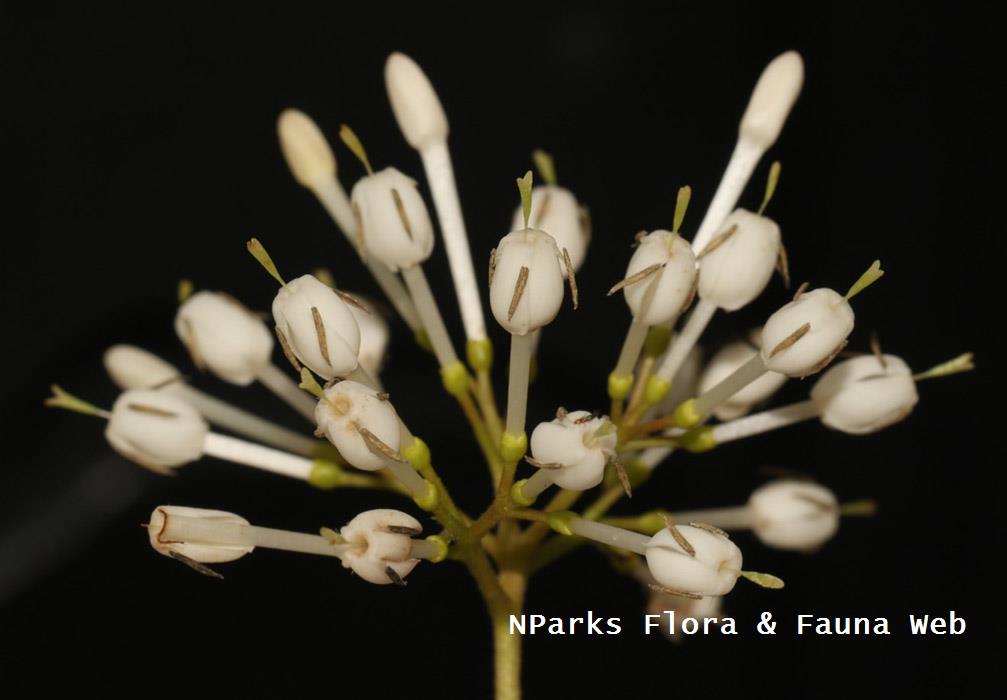
_lowres.jpg)
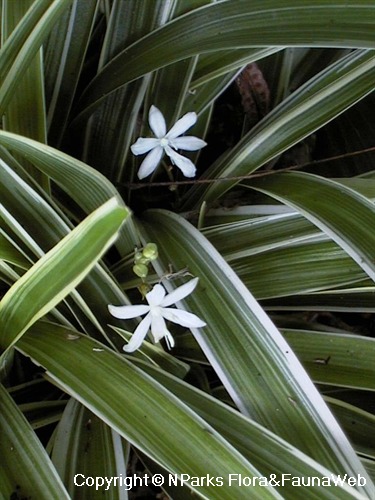
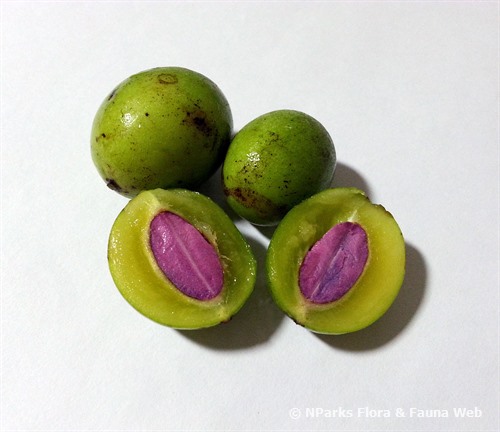
_lowres.jpg)
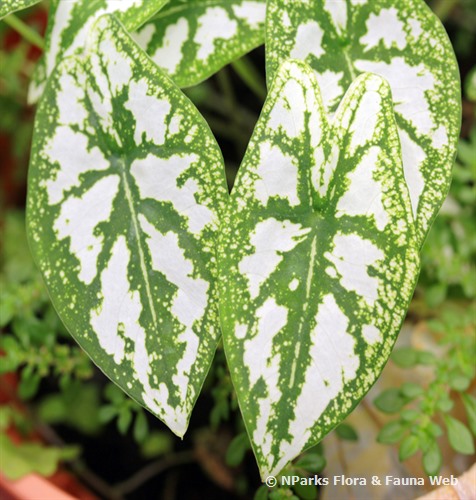
.jpg)
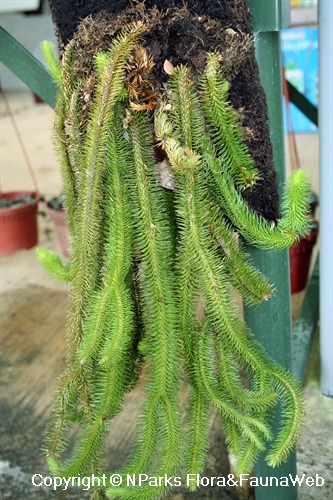




.jpg)
